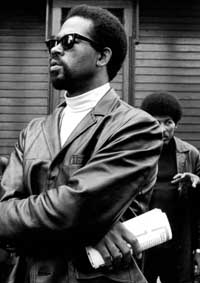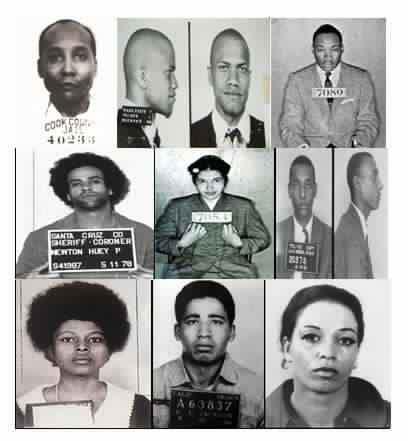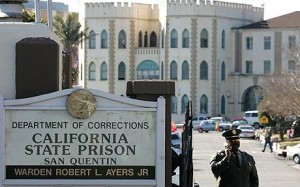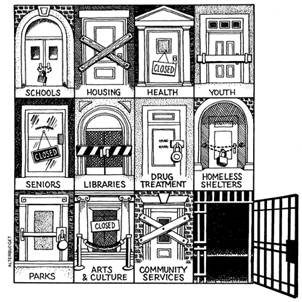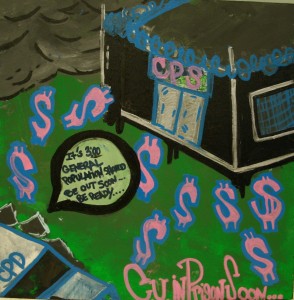“Jumping Through Hoops:” Barriers to Erasing Criminal Records…
I am currently working with a coalition of other groups in Illinois to pass a bill to reform the juvenile expungement process. Juvenile expungement is intended to provide people with juvenile criminal records with a chance to erase them. This is intended to make it more likely that they can qualify for financial aid, that they can apply and be hired for jobs, and that they can qualify for certain professional licenses (like nursing).
As part of our process to pass the bill, we have been meeting with various stakeholders including legislators and law enforcement representatives. For the most part, folks have been supportive of our common-sense reform measures. Our biggest opponent however is the Cook County State’s Attorney’s office which refuses to adopt any sort of reasonable posture in negotiating with our coalition.
After our latest meeting with a group of stakeholders representing the legal system this morning, I am reflecting on the fact that many people are just downright hostile against young people. The assumption seems to be that if they aren’t getting their records expunged; it’s their fault. In the world that some of these people inhabit, fees are not an obstacle to expungement “because they can afford to pay.” Additionally, the system should remain as onerous as possible because they want youth to “jump through hoops” in order to clear their records. When it is pointed out that thousands of young people are arrested each year and their cases aren’t referred to court. The response remains the same. We don’t care if these are mere arrests (some of which are surely false arrests), we just want to make them “take responsibility” for their actions.
Given the reality that almost 30% of youth in the U.S. will be arrested by the age of 23, I can’t help but think that we will be reaching a tipping point soon. When the main people who were being adversely impacted by arrest records were youth of color, there was no urgency to reform the expungement process. However now that many more young white people find themselves caught in the net of increasing police control, I wonder how much more amenable the powers that be will be to expungement reform in the future.
It’s a sad but true fact that only when they see these as “their” kids too will they find a willingness to make the system more fair, just, and cost-effective. You can learn more about our efforts by visiting the UN-MARKED CAMPAIGN BLOG.
